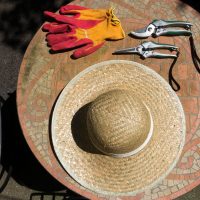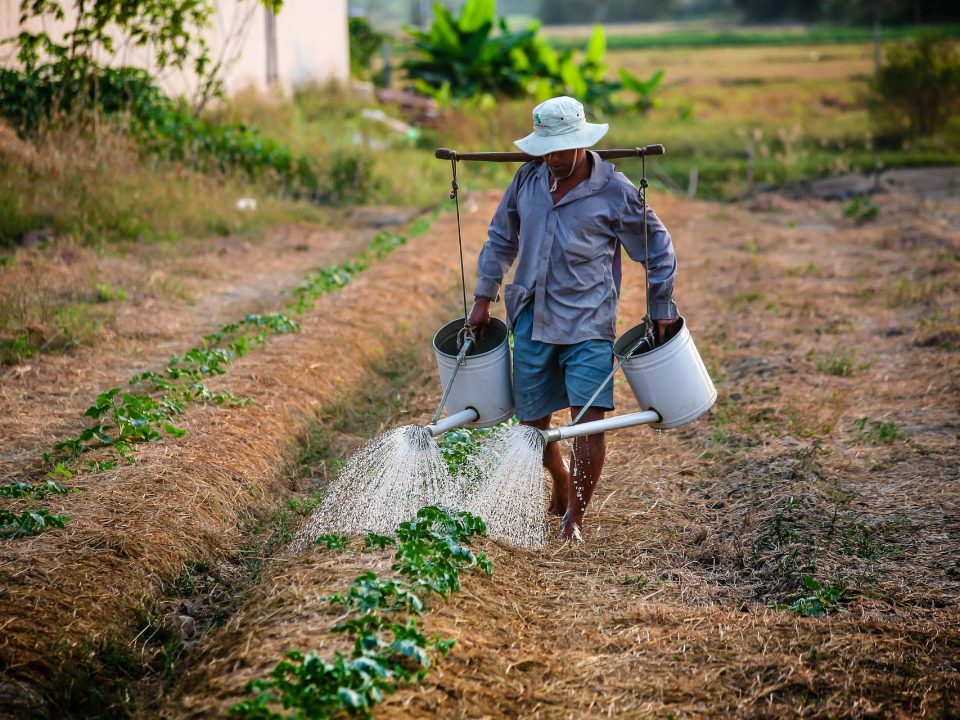Therapeutic gardening
Therapeutic gardening: The green tool that helps in physical and mental rehabilitation
The article refers to physical Injuries but can also be good for People with special needs.
Written by ronen kozushner, Natural Green Seeds – orseedscom
Many patients find comfort in guided gardening work. The green, soothing and supportive environment allows them to share their distress, and hope for renewed growth is filled
Post-trauma hospital rehabilitation is not always simple for the body and the mind. But therapeutic gardening allows patients to work on their motor, emotional and cognitive skills in a pleasant, relaxing environment.
In therapeutic gardening, emphasis is placed on the emotional aspect of the rehabilitation, each according to his / her needs, along with the matching of activities that assist the patients to regain their damaged skills.
Experience of 100 years
“The literature describes the use of agricultural work in the field of mental health as early as 100 years ago in Europe,
“The interest in the field began when there was an improvement in the condition of patients in psychiatric hospitals after they were allowed to work in vegetable gardens and agriculture,” he said. “A combination of therapeutic gardening in rehabilitation hospitals began in the United States after World War II, when thousands of volunteers from gardening clubs employed wounded soldiers in clinics.”
Since then the field has developed a great deal, and today it serves as a complementary tool for physical rehabilitation, sometimes concurrently with hospitalization. Treatment is done in groups or in individual sessions by a specially trained team, according to the needs of the patient and after evaluation by occupational therapists.
In group meetings, the emphasis is social, encouraging interaction and conversation between patients during the encounter, and gardening has long been able to talk about issues related to rehabilitation. “
What in gardening is equivalent to the rehabilitation process?
“When patients look at the growth process of a plant, they can learn about themselves and their emotions, and the treatment directs them there, such as moving a plant from a small plant to a large one, being careful not to rip roots, In the ground properly.
“The analogy is clear, and patients take it to their place – to adapt to change.
There is a focus on the positive side, new beginnings and anticipation of the future, but also the exposure of difficulties. “
In the physical aspect, the work includes the operation of the hands and the use of devices adapted specifically for patients. Some people are referred to therapy for motor training, muscle strengthening and control, and the activity challenges him but also allows him to experience success. A patient with one hand is weaker than the other, for example, will work to strengthen this hand and gradually move to bigger tools.
“The treatment enables coping and overcoming emotional and physical difficulties in a safe and supportive environment, in a program that is tailored to the patient in consultation with him and which can challenge him physically and cognitively and also fill with a feeling of satisfaction.”
“The treatment of plants has spread the pain”
After purchasing the tools in therapy, patients are encouraged to continue treating the plants at home, and to engage in gardening as a relaxing hobby – one with a physical salary – even after the formal rehabilitation process has ended.
This recommendation was adopted by a patient who came to the garden several years ago after a neck injury was damaged. She underwent an operation from which she left completely paralyzed, and underwent eight months of rehabilitation.
Later, she was hospitalized for a day in several institutions, and then came to a rehabilitation medical hospital.
“This place saved my life,” she says. “I got help and guidance there, and they taught me a new quality of life.”
After a few months of rehabilitation, she was released to her home, continued her day care, and today she says she feels good, mobile and active. Although she is in a wheelchair, she does the same and lives a full life.
What is therapeutic gardening different from other treatments you have undergone?
“In therapeutic gardening, we invest very much in the mental aspect in a calm and pleasant atmosphere, which contributes to the conventional treatment
And I felt like a reborn body and it had to start everything from scratch.
“Like the plant that blooms in a box thanks to your concern, you also bloom and grow out of the warm therapeutic framework that surrounds life itself.” The garden is a mental therapy for me. The closeness to nature, the contact and the treatment of plants were a respite from the treatments that made me forget the pain and put a fresh breath into my life








